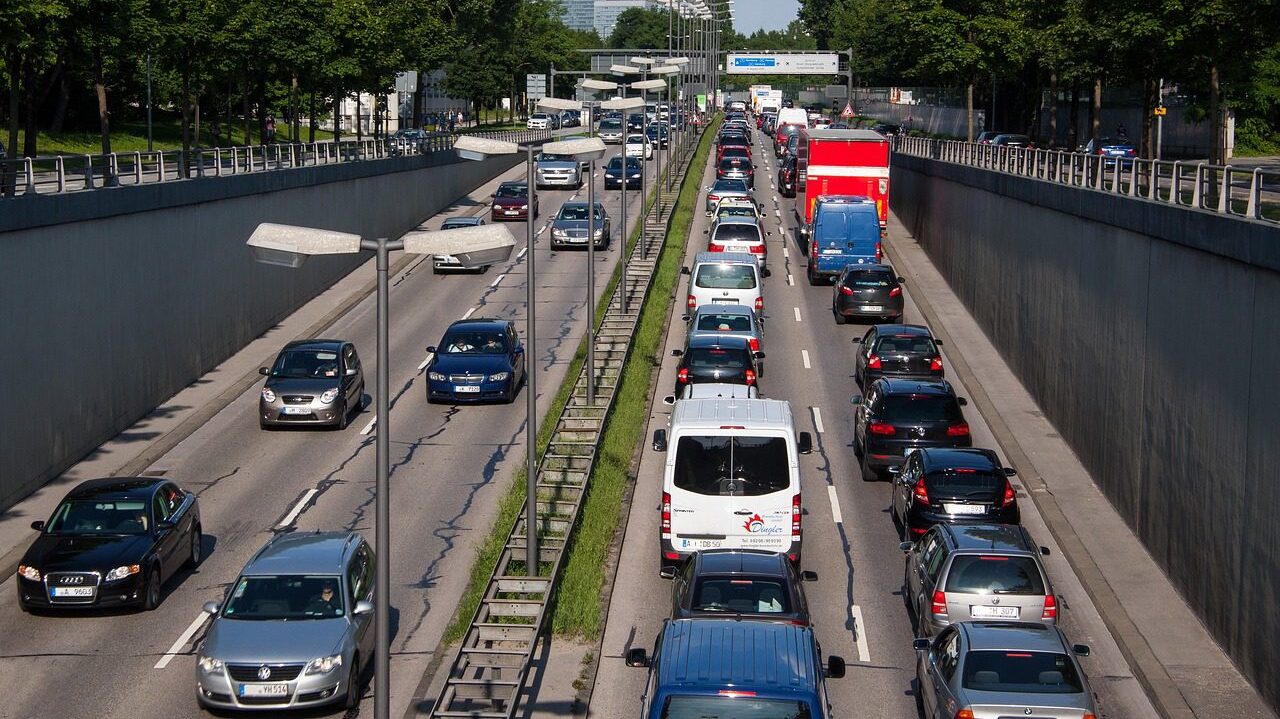
Photo: Stefan Schweihofer
As part of the fight against greenhouse gas emissions, France has begun to introduce low-emission zones (Zones à Faible Émission, or ZFE) in the most polluted cities, i.e., areas in which the most polluting vehicles are subject to traffic restrictions, according to a timetable set by the state. Eleven cities are already affected, including Paris, Lyon, and Marseilles. A further 32 zones are due to be created by the end of 2024, raising the ire of users and local councillors alike.
Most of the new zones will be in large conurbations with populations of more than 150,000, affecting a total of around 13 million motorists. The introduction of these zones will pose major access problems for many users. Most services—hospitals, doctors, secondary schools, and universities—are concentrated in the major cities. People often live outside these centres and need to reach them by car, usually one that contravenes the low emission restrictions. As a result, discontent is growing among those who will be the first to suffer from these restrictions—namely those who cannot live without a car, and lack the means to change their car to comply with environmental standards.
Faced with a growing number of protests, several cities have had to back down and adapt the restrictions, which were deemed too severe. The ‘Grand Paris’ metropolitan area, which includes not only the French capital but also a large belt of surrounding municipalities, has moved the ban on the most polluting vehicles from 2023 to the end of 2024.
A recent Senate report describes the tensions that have built up over the ZFE issue. It points out the unsuitability of the ‘Crit’air’ stickers used to indicate the pollution level of a vehicle and puts forward alternative solutions to “break the deadlock.” It proposes, for example, replacing the sticker with a technical inspection specific to each vehicle, combined with an electronic control of number plates—which would lead to other problems in terms of civil liberties and privacy.
For Philippe Tabarot, the senator who initiated the report, the timetable proposed by the government is quite simply “untenable” and does not allow private individuals to face the green transition with a sense of calm. The poorest layers of the population will suffer the most from the proliferation of these zones. Le Figaro gives this telling example: in the 3rd arrondissement of Marseille—the poorest arrondissement in France—more than half of all vehicles will be affected by future bans. What’s more, the creation of ZFEs is likely to exacerbate the desertification of historic city centres in favour of suburban shopping areas, which already offer no access constraints as well as free parking.
Tabarot proposes that the creation of any new ZFEs should be postponed until 2030, pointing to the much longer timeframes in other countries, such as Belgium. He bases his proposal on a public consultation with clear results: 86% of French people are presently opposed to ZFEs.
